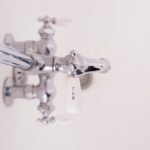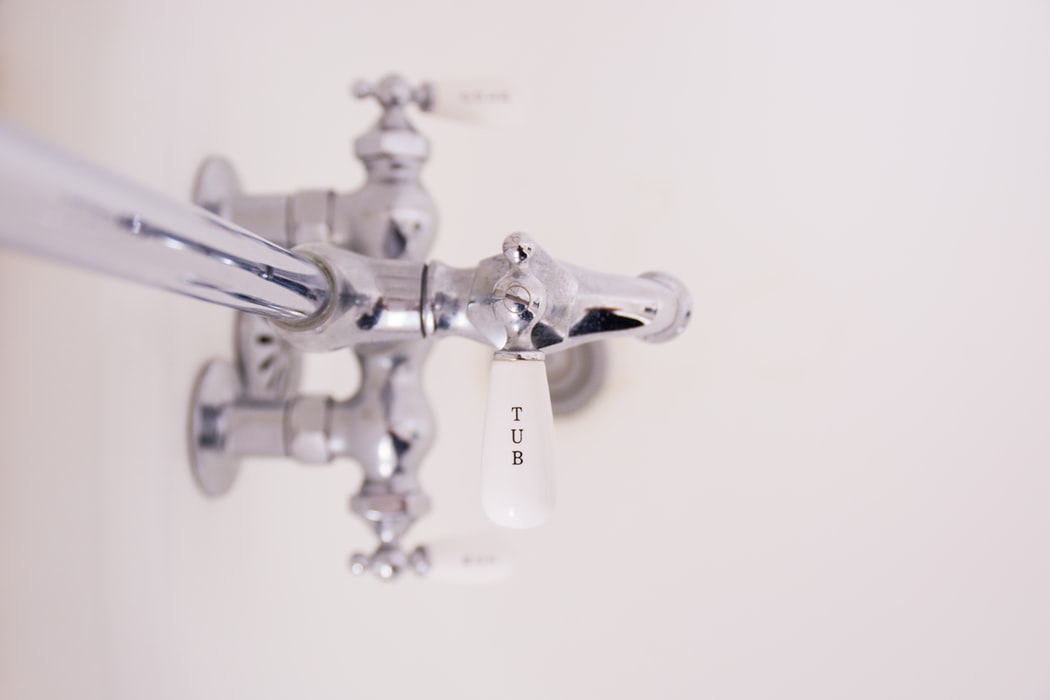 Do you know that you can learn how to replace bathroom faucet since the entire work can be a do-it-yourself home improvement project? If your current bathroom faucet is too old, you can buy a new one and instead of calling a professional plumber to make the replacement for you, you can use this article as a guide to help you complete the simple project.
Do you know that you can learn how to replace bathroom faucet since the entire work can be a do-it-yourself home improvement project? If your current bathroom faucet is too old, you can buy a new one and instead of calling a professional plumber to make the replacement for you, you can use this article as a guide to help you complete the simple project.
Also, the decision to replace the old faucet might be driven by the need to upgrade and use more modern bathroom faucets. For example, the use either touchless faucets or touch faucets as opposed to traditional style faucets. If you want a model that will help you avoid the transfer of germs through hands, a touchless faucet will be the best asset for you.
Whichever the case, you need to develop your do-it-yourself skills to enable you to cope with the demands of the project. In this case, just know where to buy the new bathroom faucet and consequently, understand the tools that are required to complete the task. What are the tools required in replacing a bathroom faucet? Here we go!
Contents
Tools Required
- Basin wrench
- Adjustable wrench
- Towel
- Bucket
- Flashlight
- Plumber’s tape
- Measuring tape
- Scrubber/sponge
- Cloth/rag
- Soap/bathroom cleaner
- New bathroom faucet
Getting Started
Under your bathroom sink, just remove anything that might destruct your work. Make sure that the vanity does not get damaged by water by placing a towel underneath followed by a bucket. The bucket is supposed to catch over any water that appears to drip.
Next, locate the main water shut-off and turn it off. You don’t want any water flow to destruct the process as you start the bathroom faucet replacement process.
Now that you have already set the stage ready for the work to get started, you need to move to the next phase of identifying the nature of the bathroom faucet that you have.
Identify the Faucet Type
The faucet that is already installed could be an 8-inch triple hole, 4-inch triple hole, or single hole. If you have a single-hole faucet, the center control is both the mixing valve and the spout. For both 4-inch and 8-inch, they have triple holes and the center control is merely the spout. In this case, the mixing valve is located on either side of the center device.
You will realize that you can install the new faucet on the countertop, sink, or the wall depending on the nature of the faucet that you are replacing. Sometimes, people prefer to buy a replacement faucet that has a similar installation approach as the old one.
It is important to note that the single-hole faucet can replace a 4-inch triple hole faucet on the countertop but only if it comes with a blank base plate that can cover the existing extra holes. However, it is essential to note that faucets with a separate mixing valve and the spout are deemed the most efficient.
In this respect, replacing a triple-hole faucet with a single-hole faucet does not seem to be a great option. The best idea is to replace a triple-hole faucet with another faucet of the same caliber. Besides, replacing a faucet with the same model is always quite easy and does not have to trouble you.
Once you decide on the nature of the faucet that you want to install based on factors such as price, durability, ability to fit in the designed area, and preference among many more others, it’s time to start the replacement process.
Removing the Old Faucet
Start by confirming that you indeed turned off the water supply from the main valve. After confirming that all is okay, use the adjustable wrench to loosen the faucet. Ensure that all the dripping water drips in the ready bucket and you do not spill water on the floor. Remove the shut-off valve and finally the entire structure of the old faucet.
It might be difficult to remove the old faucet due to the corrosion of some parts. Before pulling out the faucet, remove the washers and nuts holding it under the bathroom sink. If there is any hardware under the sink, remove it to make the work easy when you finally want to lift off the faucet and its parts.
Installing the New Bathroom Faucet
I am not sure which type of faucet model you chose to buy. But I believe that each faucet comes with special instructions that guide on how to replace them in your bathroom. Assemble all the new faucet parts and understand what you have against what you removed from the old set-up. By just reflecting on how you removed the old configuration, you can easily install the new faucet without having to follow the installation manual.
After making the assembly of all the parts, you will find a gasket/plumber’s putty, spout, countertop/sink, saddle/washer, and mounting nuts depending on the nature of the faucet that you purchased. To prevent the water splash from running onto the cabinet, plumber’s putty is applied on the spout’s base.
To wrap up the installation process, you need to either use a rubber gasket or plumber’s putty to secure the spout’s base. When you re-assemble all the parts according to the initial configuration or the manufacturer’s manual, you can use the adjustable wrench to tighten the mounting nuts to make the faucet more secure.
Conclusion
In summary, learning how to replace bathroom faucet is quite easy when you have a helpful guide like this one. If you followed all the steps that we offered in this article, you must be glad that you are done and did not encounter any problem on the way. Faucets might not last long as you expected and in such a case, you need to replace them. You need to have a highly functional bathroom faucet. Depending on the nature of the bathroom faucet that you want, the installation process should not be difficult anymore.
